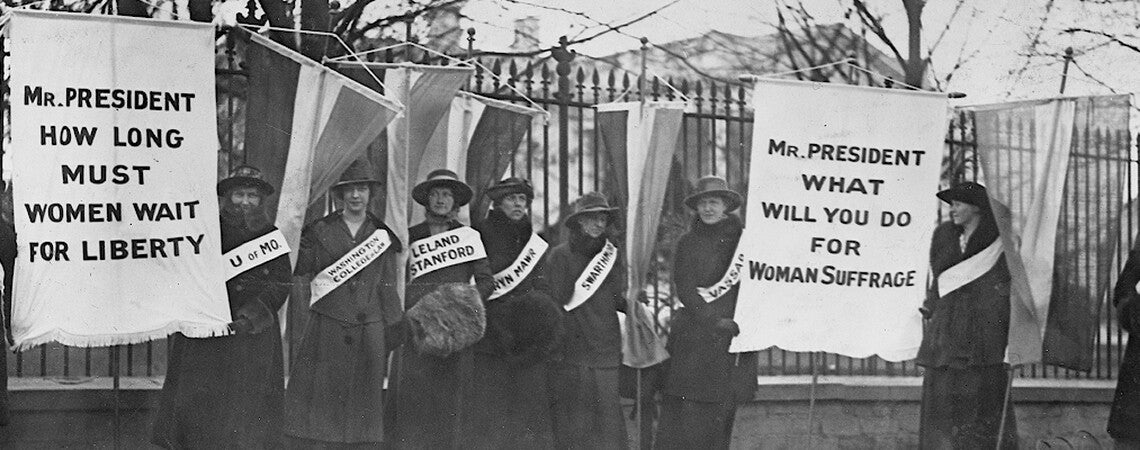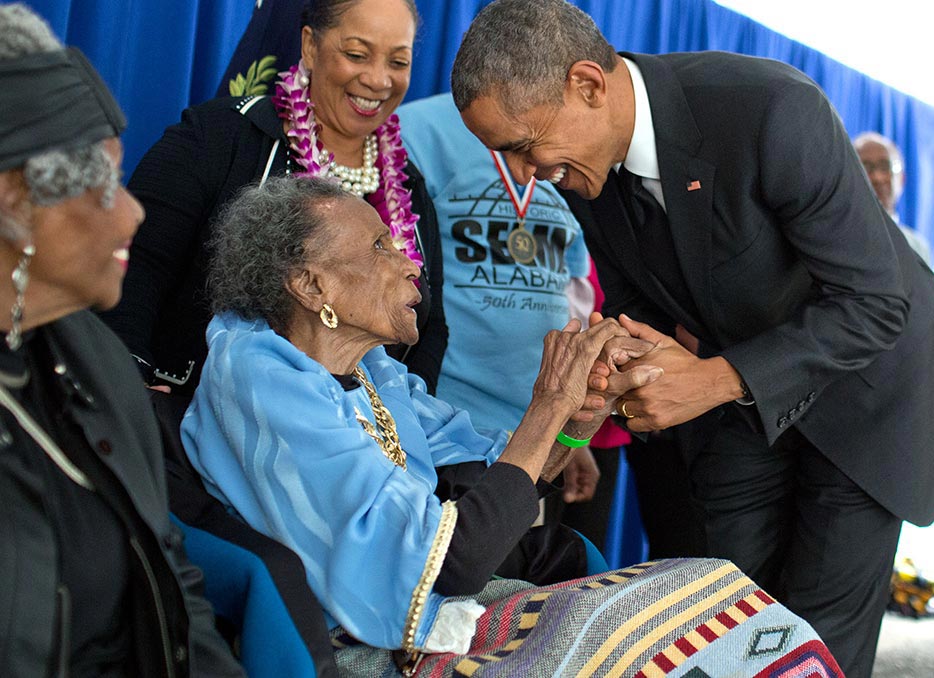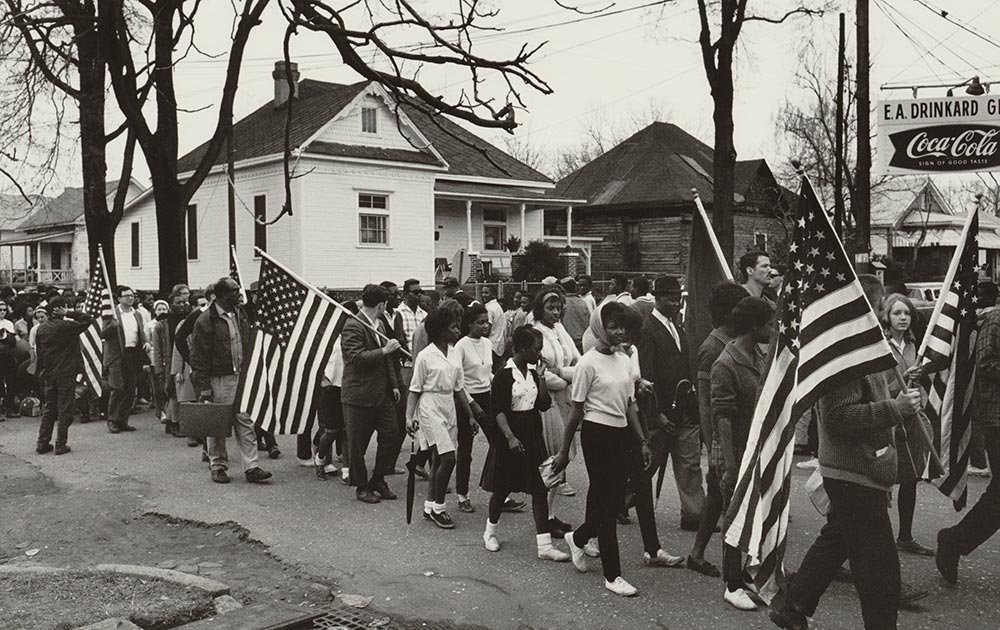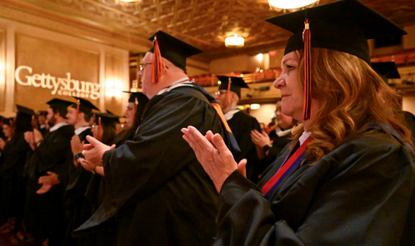“A Vote-less People Is a Hopeless People”: Lessons from Selma
by Robert A. Pratt
The black freedom struggle, commonly referred to as the civil rights movement, is undoubtedly one of the greatest social movements in the history of the world. After more than two centuries of bondage followed by another century of rigid segregation and discrimination, African Americans and their white allies finally succeeded in forcing all three branches of the United States government to recognize the basic humanity of black people. The Civil Rights Act of 1964 was perhaps the movement’s crowning achievement. Coming ten years after the US Supreme Court’s landmark decision in Brown v. Board of Education that outlawed racial segregation in public education, the 1964 act outlawed segregation and discrimination in virtually all public spaces in the nation. Yet, as sweeping as that bill was, it did not guarantee the most basic right in a democratic society: the right to vote. A voting provision had been included in the original bill, but southern lawmakers successfully watered it down, rendering that part of the 1964 act useless. Persistent patterns of violence and raw terror aimed at blacks who sought access to the voting booths in the South made it clear that additional legislation guaranteeing the right to vote was needed. That legislation would eventually become a reality because of a major voting rights campaign that would play out in early 1965 in Selma, Alabama.
The campaign in Selma can be traced back to the voting rights activism of Amelia Boynton. Amelia was one of a handful of blacks who had managed to register to vote. She and her husband Sam were established figures in Selma’s black community who were in the forefront of the early efforts to secure voting rights for African Americans. When Sam Boynton died of a heart attack in 1963, Amelia, realizing that most of Selma’s black community was too afraid to attend any kind of voting rights meeting, used the occasion of her husband’s funeral to pass out voter registration materials to all in attendance. Hoping to draw national attention to the abuses that blacks endured whenever they attempted to register to vote, the Student Non-Violent Coordinating Committee (SNCC) had already set its sights on Selma, and in February 1963 Bernard Lafayette began holding voter education clinics. But getting blacks to attend the meetings was difficult, because in Lafayette’s words, “whites were too mean, and blacks were too afraid.” Aware of Lafayette’s challenges, Amelia Boynton invited Martin Luther King Jr. to come to Selma to lend some assistance. In December 1964 King, along with his organization, the Southern Christian Leadership Conference (SCLC), accepted Boynton’s invitation.
When the leaders from SNCC and SCLC arrived in Selma, they encountered a political system marked by total white domination and intimidation. The sheriff of Dallas County (in which Selma was located) was James G. “Jim” Clark, whose violent opposition to any kind of black advancement was perhaps rivaled only by that of Bull Connor in Birmingham. The registrar’s office was located inside the Dallas County Courthouse, which Sheriff Clark guarded as if it were his own personal fiefdom. It was nearly impossible for blacks to gain access to register to vote. But the violent opposition of most Selma whites to blacks’ demands for voting rights galvanized the black community. When twenty-six-year-old Jimmie Lee Jackson was shot to death by a white police officer following a night march in nearby Marion, Alabama, movement leaders suggested carrying Jackson’s body from Selma to Montgomery and placing it on the steps of the capitol. Hence, the idea of the march from Selma to Montgomery was born.
On March 7, 1965, a date that came to be known as “Bloody Sunday,” veteran civil rights activists John Lewis and Hosea Williams led more than six hundred marchers from Brown Chapel in Selma across the Edmund Pettus Bridge leading toward Montgomery. When the marchers reached the foot of the bridge they were violently attacked by Sheriff Clark’s posse and dozens of Alabama state troopers on horseback. Many of the marchers—men, women, and children—were beaten severely as they scrambled to avoid being hit with billy clubs and trampled under horses’ hooves, all the while being blinded and choked by tear gas. The beatings that occurred on the bridge that day shocked the nation, and Martin Luther King called upon all people of goodwill to remain in Selma and attempt to march again on that Tuesday. Many did remain, and hundreds of marchers tried to cross the bridge, but once again they were met with a phalanx of heavily armed troopers. Fearing a repeat of Sunday’s violence, King turned the marchers around, and they headed back to Selma. Later that night the Reverend James Reeb, a white Unitarian minister who had answered King’s call to come to Selma, was beaten to death by a group of whites. Reeb’s murder aroused the conscience of a nation that had been largely indifferent to the death of black Jimmie Lee Jackson.
Two weeks after “Bloody Sunday,” a federal judge cleared the way for the march from Selma to Montgomery to proceed. On March 21 a crowd of more than three thousand marchers peacefully crossed the bridge leading from Selma to Montgomery. The fifty-four-mile trek took five days, and by the time the marchers arrived in Montgomery on Thursday, March 25, the crowd had grown to roughly 30,000. Many of the march leaders addressed the crowd later that evening, but as expected, King’s speech was the highlight of this triumphant moment, and is widely considered to be one of his best. Later that night, as the marchers began to leave Montgomery, Viola Liuzzo, a thirty-nine-year-old white homemaker and mother of five from Detroit, was shot to death by Klansmen while she was transporting marchers from Montgomery to Selma. The smear campaign that FBI director J. Edgar Hoover launched against Liuzzo to impugn her character and cover up FBI involvement in her murder (one of the Klansmen was an FBI informant) was deplorable. In later years Hoover’s very personal war against the civil rights movement would be revealed through thousands of pages of documents.
The long-awaited legislative victory came on August 6, 1965, when Congress passed, and President Lyndon B. Johnson signed, the Voting Rights Act into law. The bill was designed to remove all the barriers that had effectively prevented African Americans from voting. Almost overnight, the number of black registered voters increased throughout the states of the Deep South where white resistance had been the most violent. As the number of African American voters increased across the South, so did the number of African Americans who were elected to political office, and by the 1970s the real impact of the Voting Rights Act had become apparent. In 1972 Barbara Jordan of Texas and Andrew Young of Georgia became the first blacks from the South elected to Congress since Reconstruction. Several major cities soon followed by electing their first African American mayors.
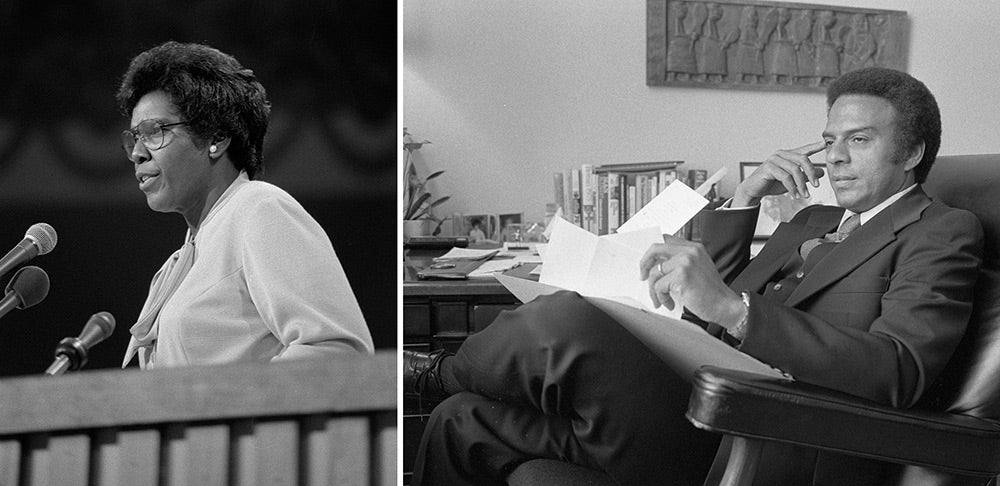
The election of Barack Obama as the nation’s first African American president in 2008 was perhaps the clearest indication of what it truly meant for all American citizens, regardless of race, to have equal access to the ballot. Blacks who had never voted before suddenly jumped at the opportunity to be part of this history-making event. But even before Obama had been inaugurated, Republicans were already at work planning new electoral strategies to give their party a decided edge in future elections. Following the 2010 United States census virtually every Republican-controlled legislature redrew congressional districts with the sole purpose of diluting the voting strength of those voters (mainly black and Latino) who tend to vote Democrat. As of this writing, lawsuits challenging this partisan gerrymandering have been filed in Wisconsin, Maryland, and Ohio. Additionally, in an attempt to eliminate purported massive voter fraud, Republicans have created new barriers to voting, such as requiring new forms of voter identification, reducing the number of early voting days, reducing the number of polling places in minority neighborhoods, erecting billboards in minority communities threatening lengthy jail terms for voter fraud, disseminating deceptive and misleading voter information, and making it more difficult for convicted felons to have their voting rights restored after having served their time. Battles that some of us thought had been won in the 1960s are now having to be fought all over again.
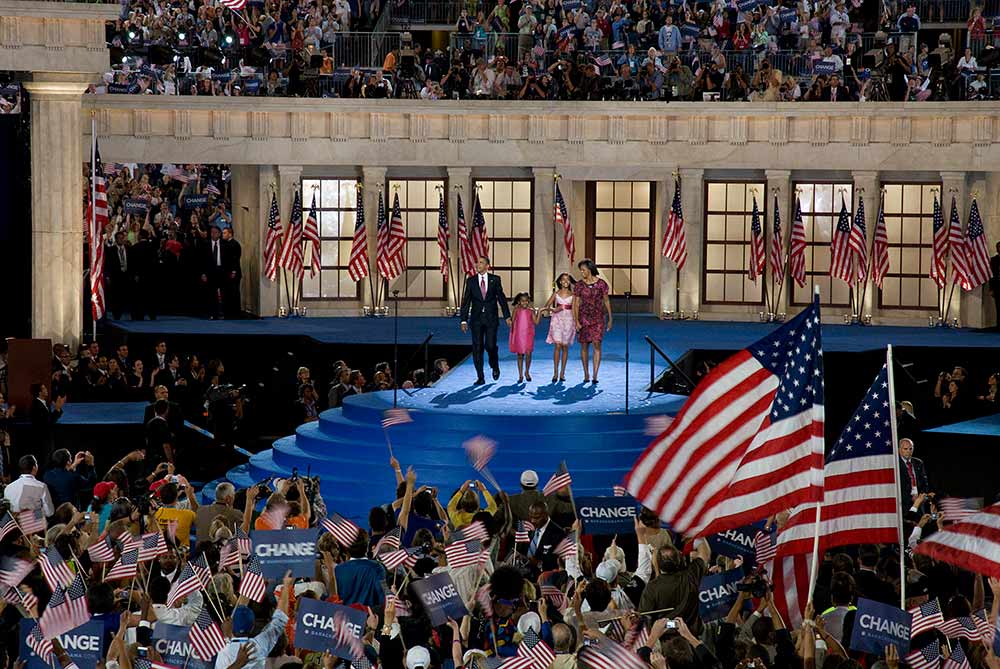 Months before her death in 2015 at the age of 104, Amelia Boynton Robinson told an interviewer that “a vote-less people is a hopeless people.” Her words serve as a ringing affirmation of the need to guarantee the right to vote in a democratic society. Sadly, the lessons of Selma have yet to be learned. We can only hope that future generations will one day step out of the shadows of slavery and segregation to help fulfill the dream of an unfettered democracy.
Months before her death in 2015 at the age of 104, Amelia Boynton Robinson told an interviewer that “a vote-less people is a hopeless people.” Her words serve as a ringing affirmation of the need to guarantee the right to vote in a democratic society. Sadly, the lessons of Selma have yet to be learned. We can only hope that future generations will one day step out of the shadows of slavery and segregation to help fulfill the dream of an unfettered democracy.
Robert A. Pratt is Professor of History at the University of Georgia. He is the author of The Color of Their Skin: Education and Race in Richmond, Virginia, 1954−89 (University of Virginia Press, 1992), which received an Outstanding Book Award from the Gustavus Myers Center for the Study of Human Rights; We Shall Not Be Moved: The Desegregation of the University of Georgia (University of Georgia Press, 2002); and Selma’s Bloody Sunday: Protest, Voting Rights, and the Struggle for Racial Equality (Johns Hopkins University Press, 2016).
